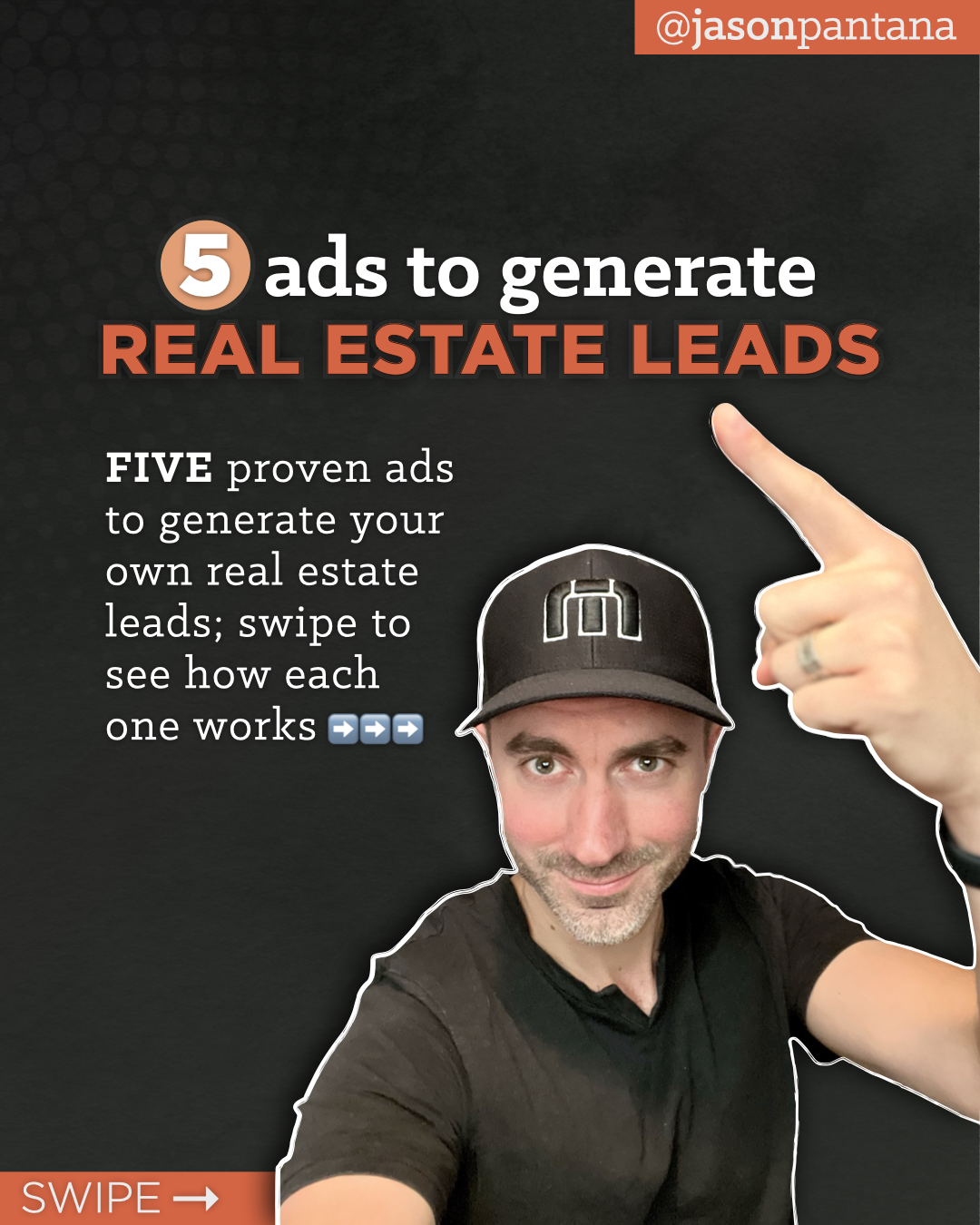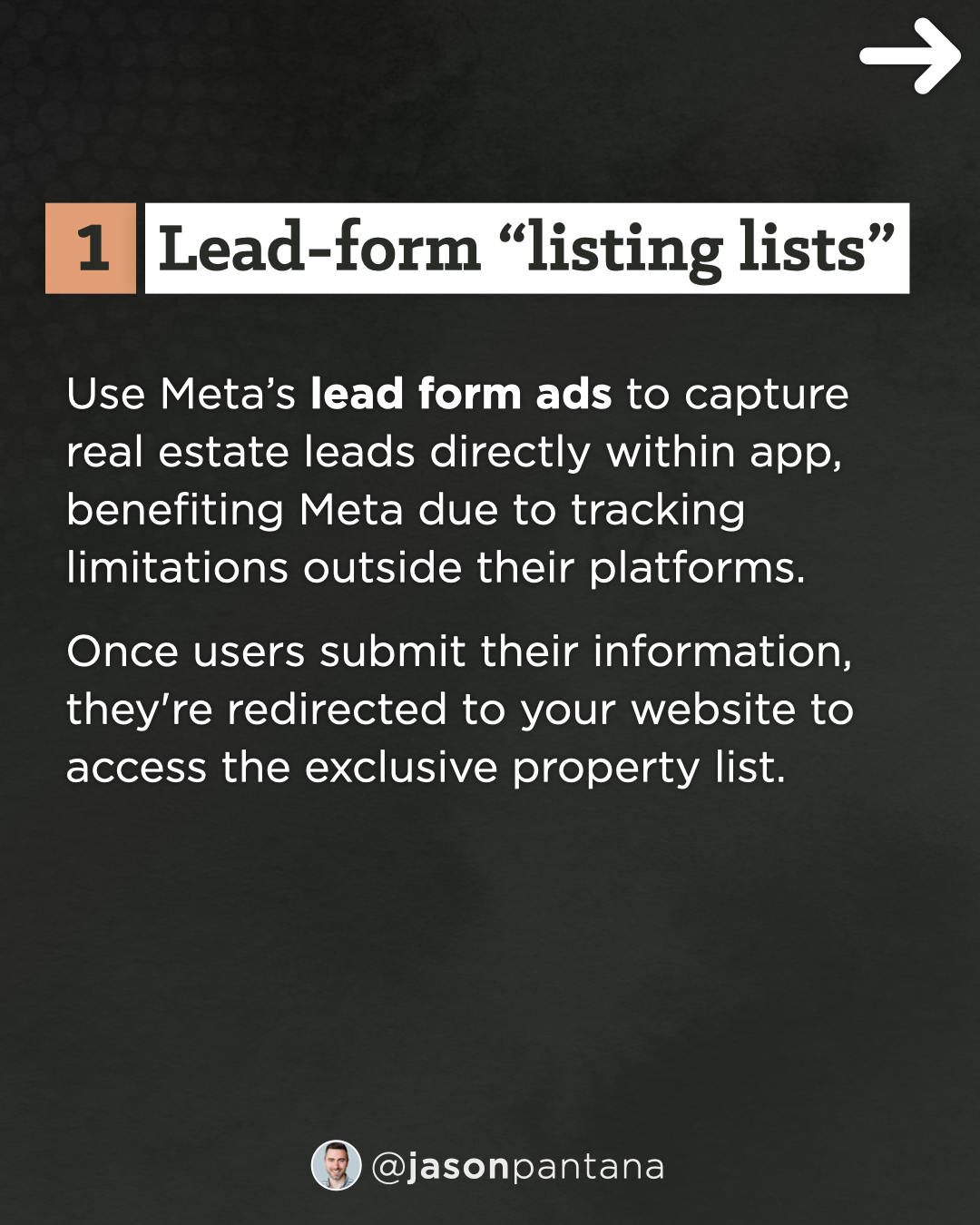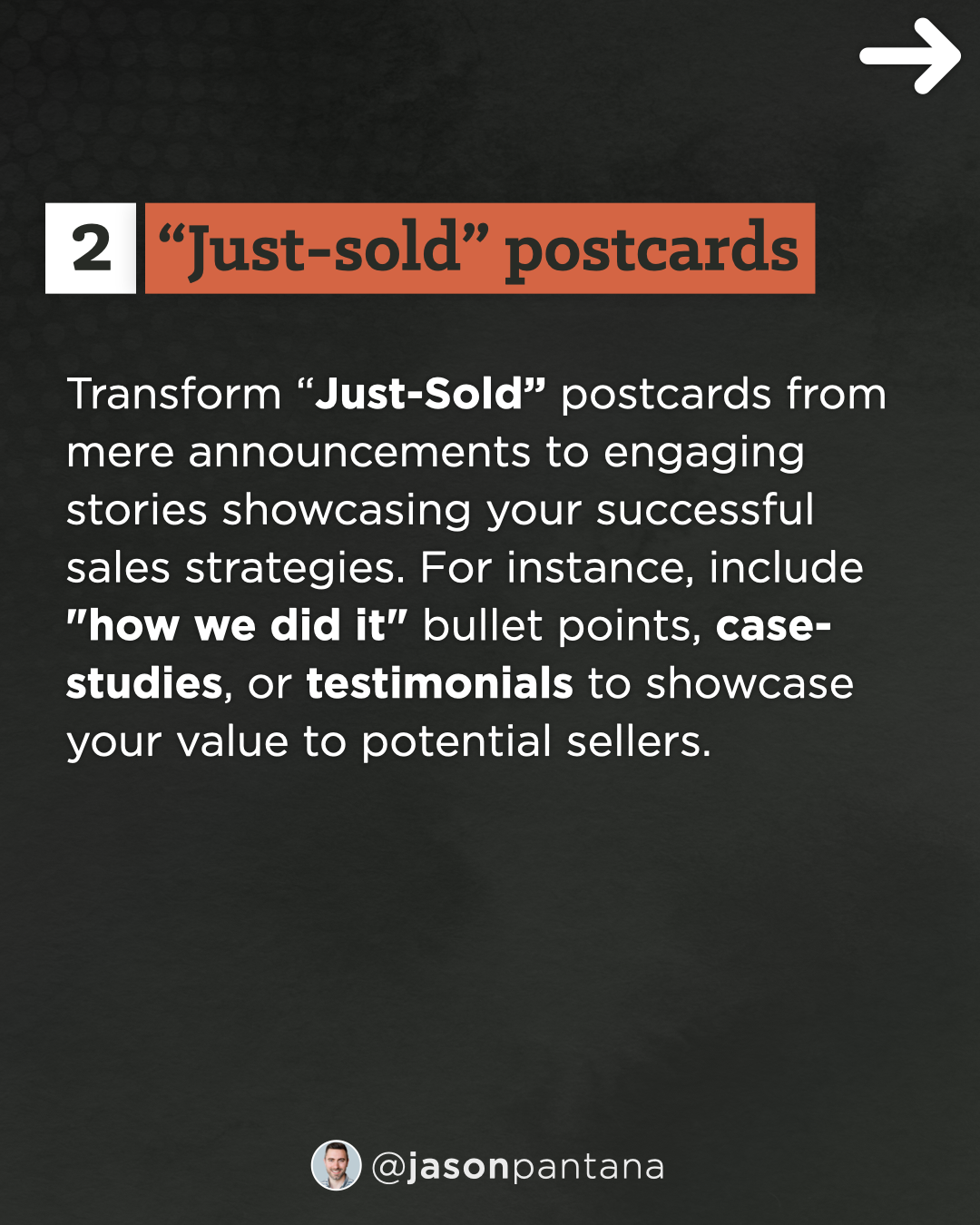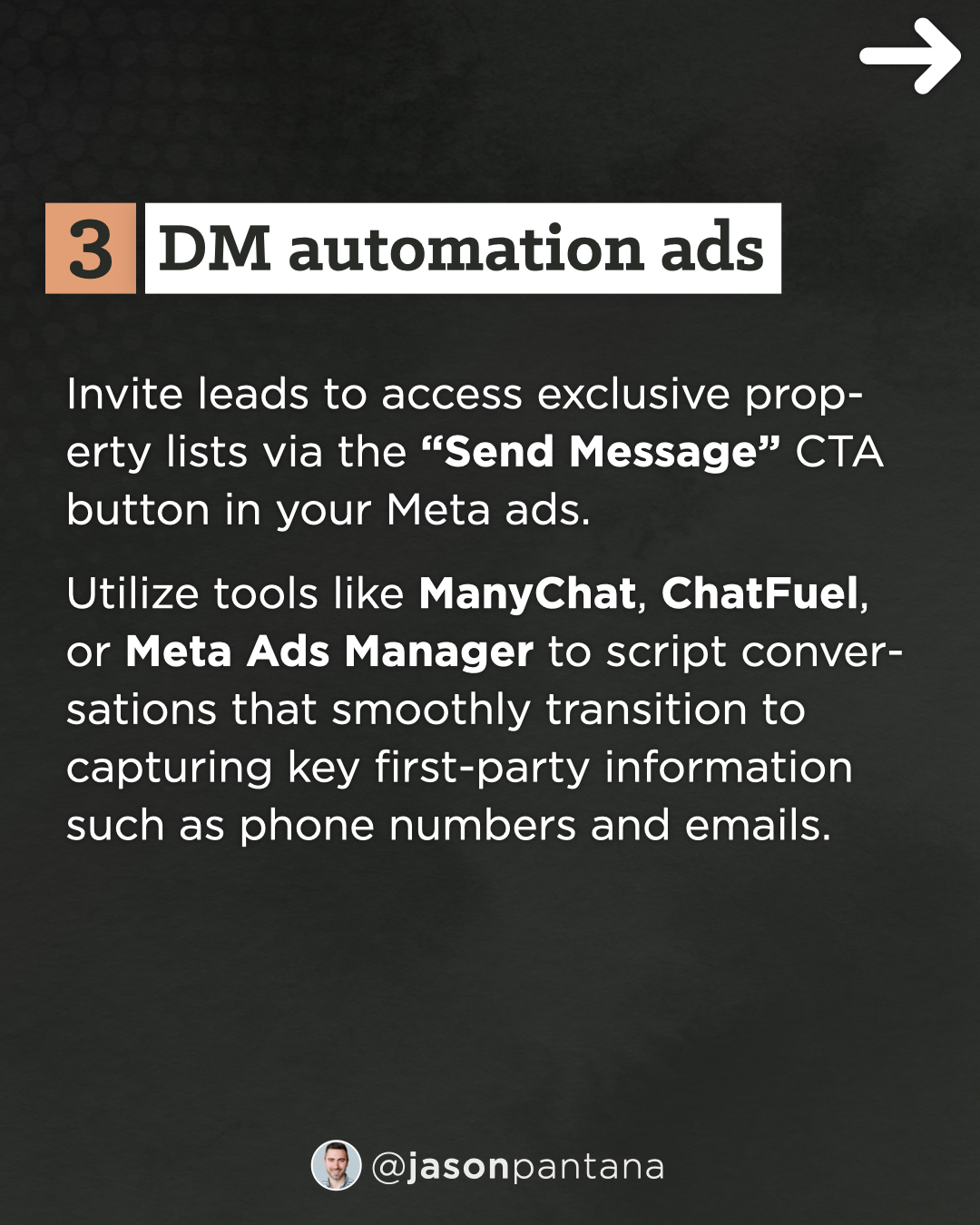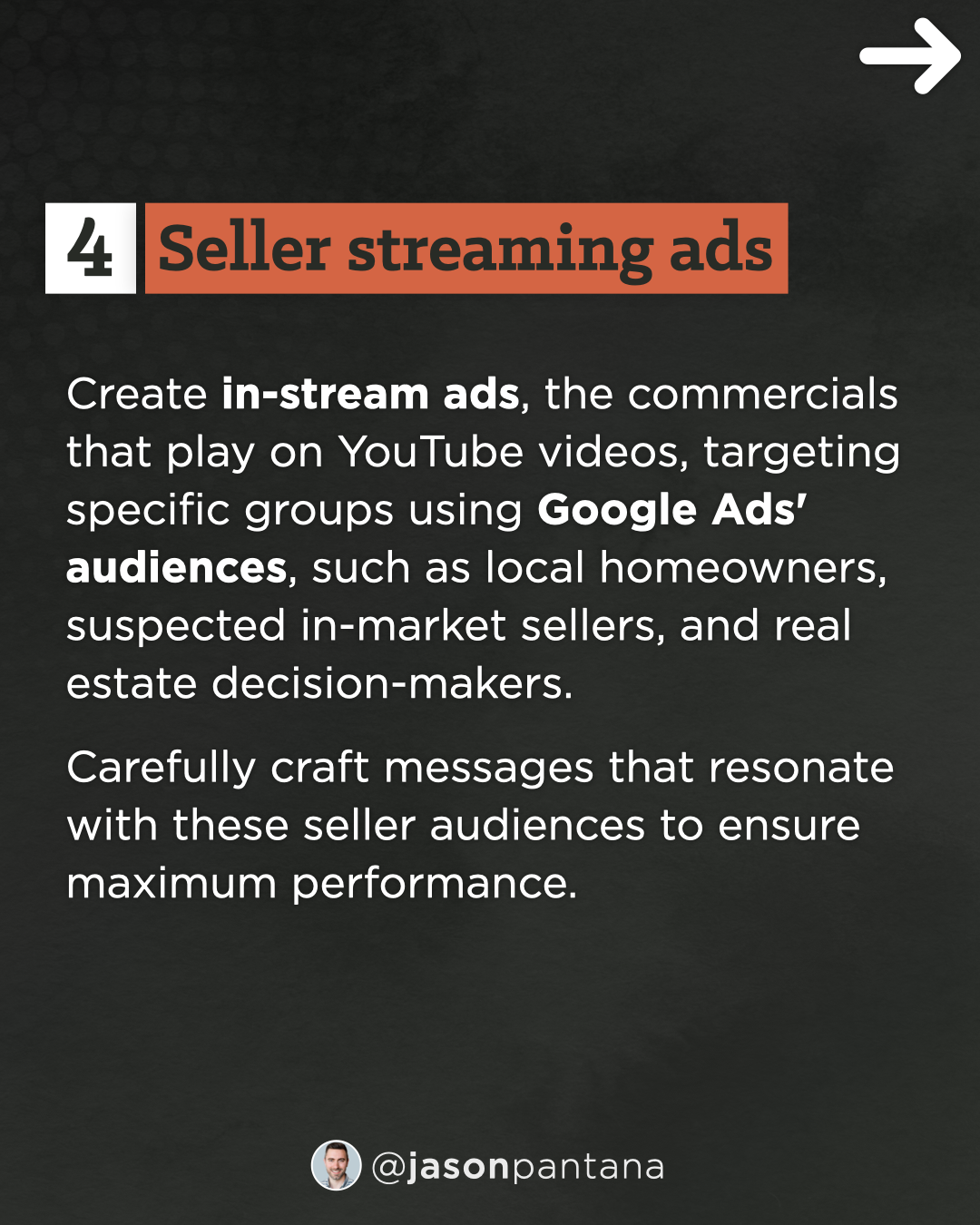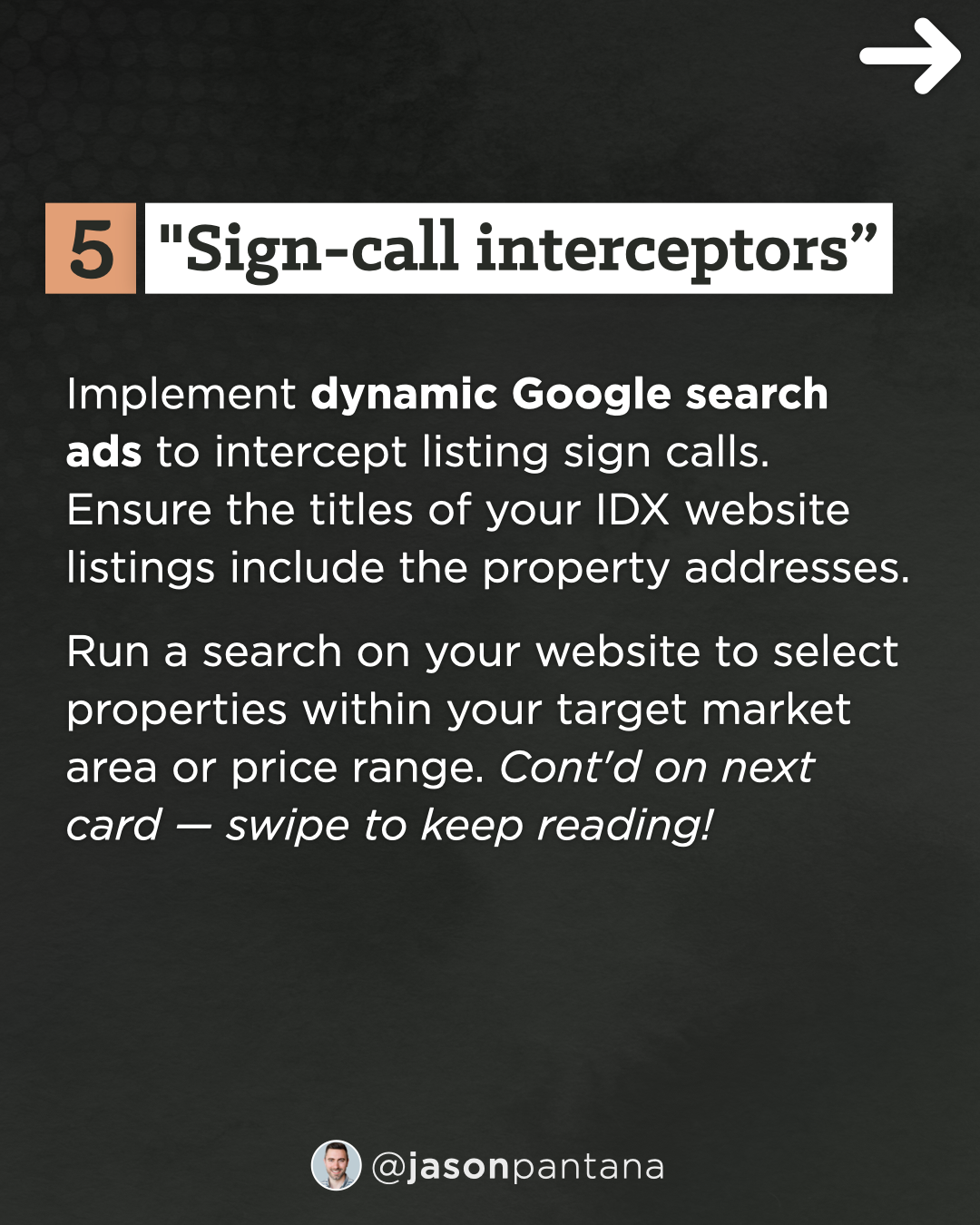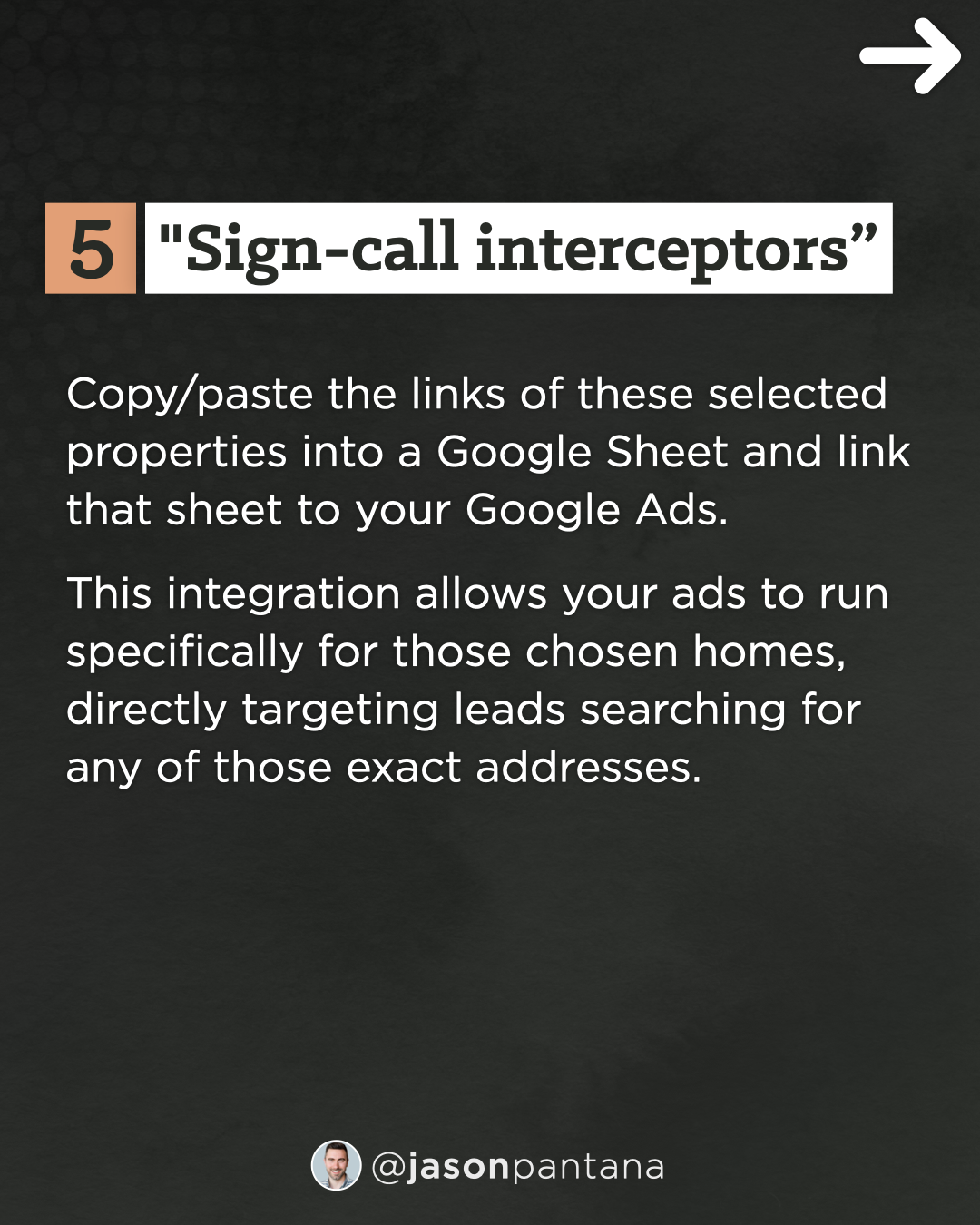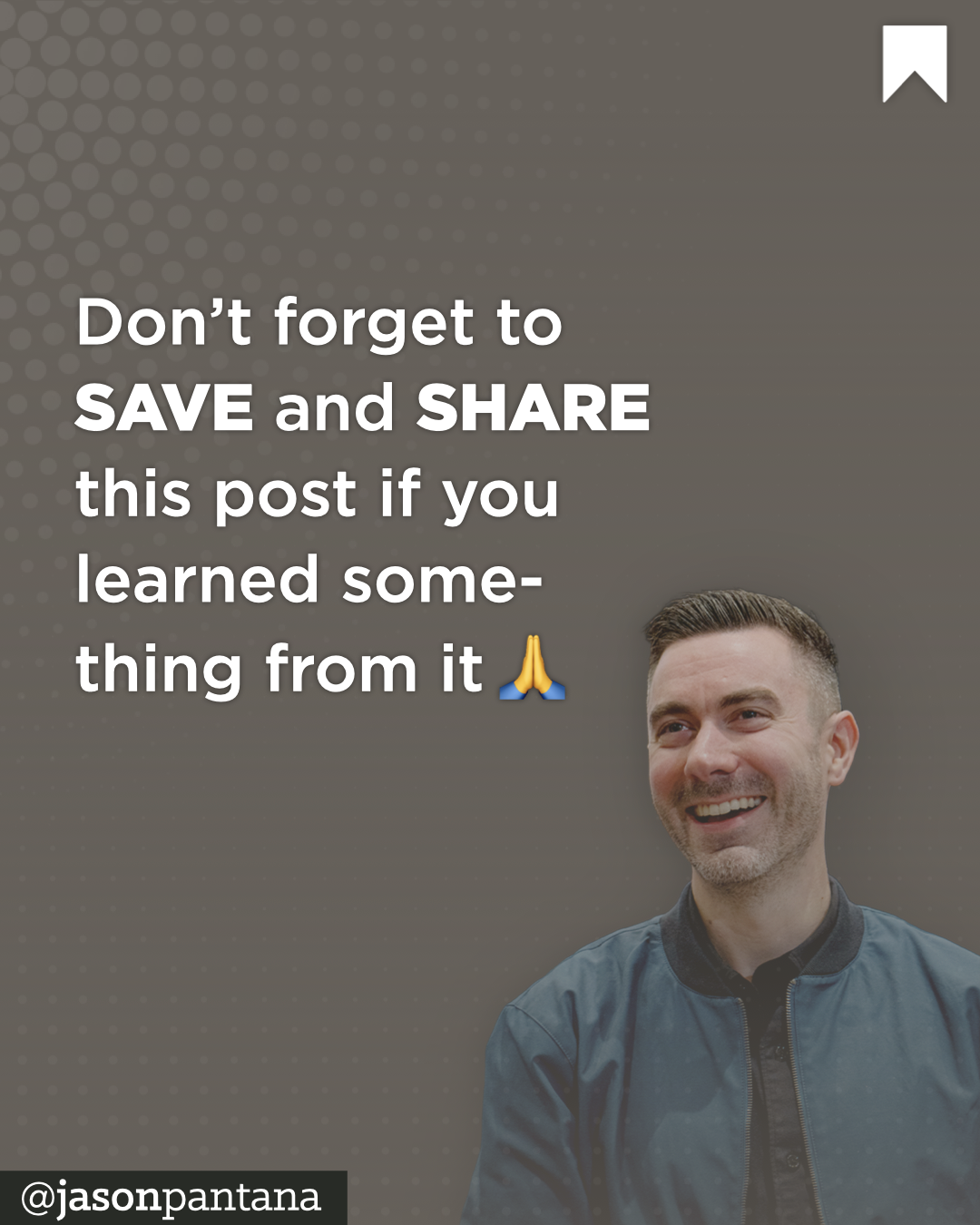When you boost Facebook and Instagram ads from iOS apps, Apple takes 30% of your ad budget—a fee now expanding globally from its start in the U.S. Want to avoid these Apple service fees? Here’s how:
Boost on facebook.com Instead of the Facebook iOS App. Boosting directly from facebook.com saves you 30% on your total ad spend, before taxes and local fees. Ads boosted from instagram.com, Meta Business Suite, or Meta Ads Manager will reach your audience just like those boosted through the Facebook app.
Add Prepaid Funds. Use facebook.com’s payment settings to add prepaid funds to your ad account. These funds can be used on the Facebook iOS app to boost ads without incurring the Apple fee.
Use Meta Business Suite. Manage and boost content with the Meta Business Suite app or from a computer, bypassing the Apple service fee.
Create Ads with Meta Ads Manager. Create ads using the Meta Ads Manager app or website to avoid Apple’s fee.
These strategies not only enhance your budget efficiency but also ensure your ads are delivered seamlessly to your target audience without compromising on reach or effectiveness.

